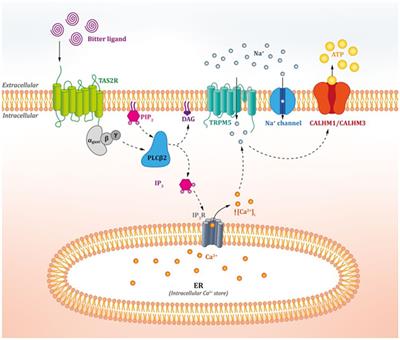REVIEW
Published on 30 Aug 2023
Bitter taste receptors along the gastrointestinal tract: comparison between humans and rodents

doi 10.3389/fnut.2023.1215889
- 5,463 views
- 12 citations
4,179
Total downloads
25k
Total views and downloads
REVIEW
Published on 30 Aug 2023

REVIEW
Published on 28 Sep 2022

ORIGINAL RESEARCH
Published on 23 May 2022

BRIEF RESEARCH REPORT
Published on 19 May 2022

